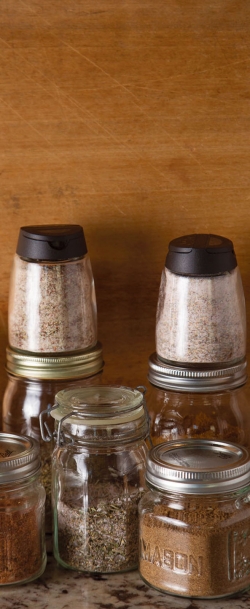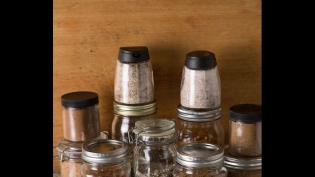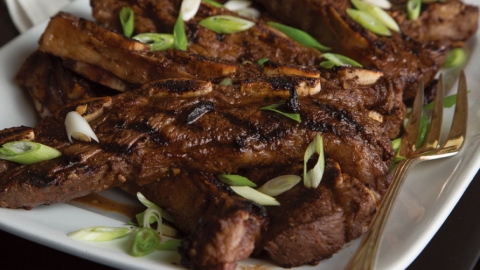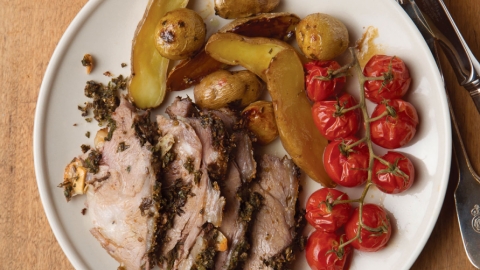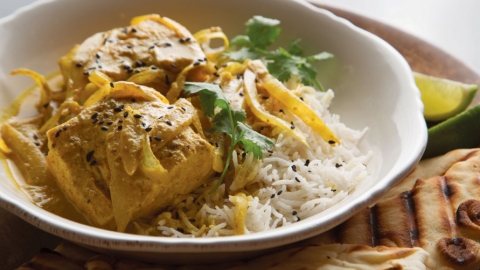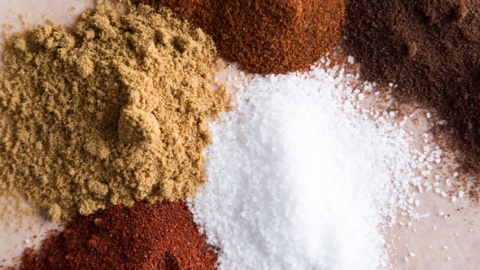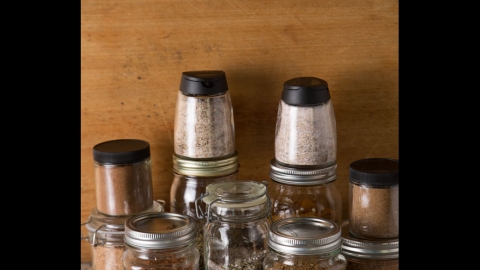Tis the Seasoning
Spice rubs, pastes and blends to make anything tastier
The spice jars hiding on your dark pantry shelves aren’t doing much to illuminate their incredible history. Some of these spices—nutmeg in particular—were once worth more by weight than gold. In 16th century London, dockworkers were paid bonuses in cloves. Peppercorns have been demanded to pay ransom, soldiers “worth their weight in salt” were once paid with the same.
The spice trade has kept explorers on their toes for hundreds of years. Portuguese explorers on their way to India discovered the southernmost tip of Africa. Columbus headed west with a plan for a quicker route to India, China and the Spice Islands. Instead, he landed in what he thought was the East Indies—actually the Bahamas—and called the local inhabitants “Indians.”
One could say that people’s craving for spices both established and destroyed empires, led to the discovery of continents and helped lay the foundation for a modern economic world. Yet here they are, languishing away for months—or even years—in the depths of our cabinetry.
Spices were (and still are) precious and sought after. Not just used for cooking, but in ceremonies, perfumes, incense and even medicines. Lore also leads us to believe that Cleopatra bewitched Caesar with fragrant aromatics.
It wasn’t until much later, however, that spices started to be used in cooking, and it was mostly as a preservative for meats gathered on hunts.
Nowadays we love to throw cuts of meat on the grill, and one of the best ways to flavor those ribs, chickens, pork butts and the like are spice rubs. In a word or two, rubs are spice mixes applied to meats to flavor them before cooking. Paired with marinades, spice rubs make up the world of barbecue as we know it. But rubs (both wet and dry) are used the world over—think Thai curry paste, Mexican adobo and Jamaican jerk, just to name a few.
According to grill master Steven Raichlen, rubs can serve two jobs. Applied right before cooking, the blend acts more like a seasoned salt. But when rubbed into meat hours, or even a day ahead, the rub cures the meat in addition to seasoning it. A wet rub takes things a bit further, combining the curing power of a dry rub with the penetration ability of a wet marinade.
Salt and pepper on their own are classified as a rub, but we are fortunate these days to have every spice available to us in most supermarkets, and in bulk from many specialty food shops. Throw together some of our favorite spice combinations, or play around with your own pantry assortment. You might even find yourself in the position to trade—short ribs, anyone?
NOTE: Keep all spices and dry rubs in airtight containers in a cool, dry place for up to 6 months. After that, the spices tend to lose their zip.


